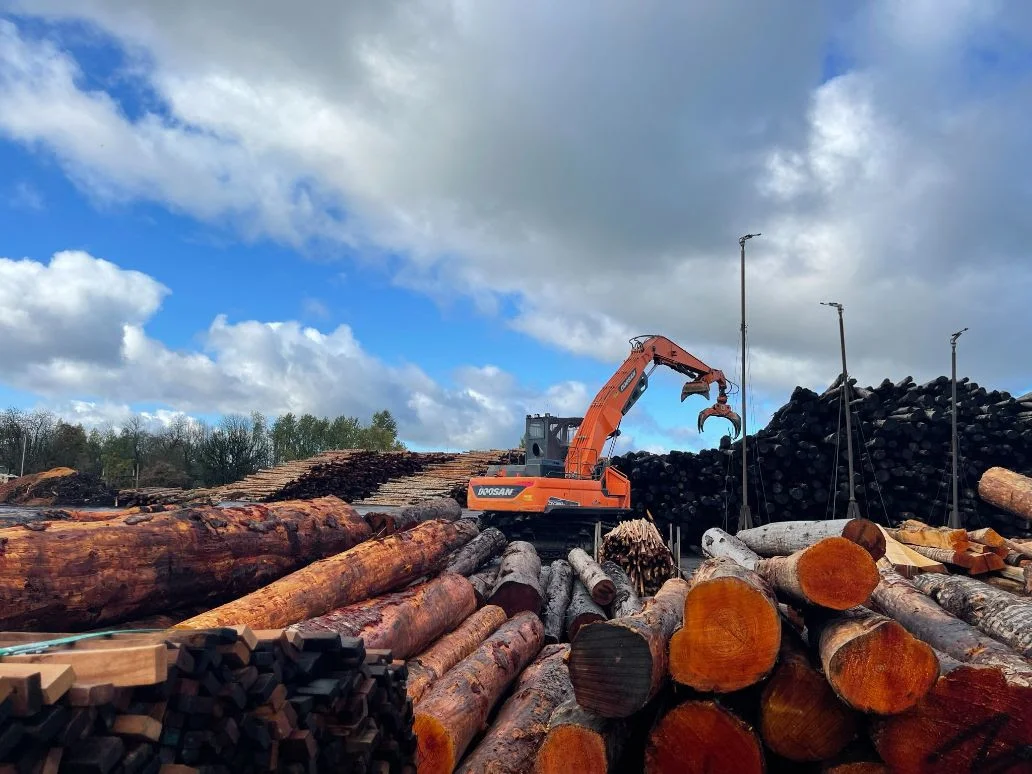Return

Periods of Insufficient Supply Can Lead to Long-Term or Permanent Market Losses
The 2021 price surge in both hardwoods and softwoods has specifically been attributed to insufficient domestic production amid strong housing demand. These surges have led to design changes and substitute materials that have dramatically cut the volume of solid hardwood currently consumed.
Homebuilders at most price levels require some degree of certainty on raw material prices, as the process of building homes and neighborhoods oftentimes stretches to a year or more for a single home and years to build out neighborhoods. Cabinet manufacturers, who are closely aligned with the builders and are major buyers of hardwoods, want to publish annual price lists and keep those price commitments steady through the building cycle. The same holds true for millwork and moulding manufacturers, who are held to the same standard of dependable pricing by builders who design and build homes to meet a specific price point.
As the manufacturing environment, particularly in cabinetry, has seen significant consolidation, (note the merger of Masterbrand and American Woodmark announced last week), the pricing power and reach to alternative materials, styles and finishes increases. These larger manufacturers can close any supply-demand gap through substitution of other materials, often looking to non-wood options to mitigate ongoing volatility and cost that the lumber business revolves around smaller regional producers, whereas the manufacturers of substitutes or alternative materials like TFL are much larger and share the power to price longer-term overruns. And these larger manufacturers are increasingly turning to have the marketing reach to create styles and offerings that are easier to source, cheaper to manufacture, and that consumers see as in style and trendy. The challenge is the lumber business revolves around smaller regional producers, whereas the manufacturers of substitutes of alternative materials like TFL are much larger and share the power to price longer term contracts and produce the volumes that help mitigate price swings. This is why there has been such a big push into painted cabinets, and even 5-piece TFL doors.
Painted mouldings is another example of the housing market moving towards alternative products. Pre-primed, 16’ long MDF mouldings have become a large part of the moulding market, largely driven by the low-cost and scale of the MDF manufacturers.
Furniture manufacturers are also looking to TFL and alternative species in order to meet specific price points. One bright spot in furniture is that more and more customers are looking to unique offerings that highlight the grain. Statement pieces are in fashion, but these pieces are generally low volume and expensive and don’t address the volume portion of the furniture market.
This drive to substitute products today will exacerbate the price swings when either the market improves or tastes change. We cannot imagine the battle for raw material if kitchen cabinets returned to raised panel doors, which consume a lot of lumber. Raised panel doors as a consumer taste will probably never come back into fashion, as it would require significant additional tooling and steps in refined manufacturing processes. It is doubtful that the substitute product manufacturers would allow a wholesale change to happen, as their marketing budgets would push the status quo.
With hardwood lumber production having fallen to levels not seen in decades, the ability of the market to react to a demand push will be limited. Consolidation in manufacturing markets, the drive to make products at specific price points, the significant overall increase in building costs, forcing builders to look at any way to cut costs, have all contributed to fewer hardwood mills. There will always be a market for solid hardwood, generally at the upper end of the price range in furniture, millwork, and cabinetry. However, with the lower production levels in place today, turnup capacity is limited, and sharp price swings are on the horizon should demand surge, simply due to lack of supply.
These supply sources collectively substantiate that lumber price volatility, often exacerbated by supply chain issues, trade policies, and housing demand, consistently pushes buyers toward substitutes to stabilize costs.
